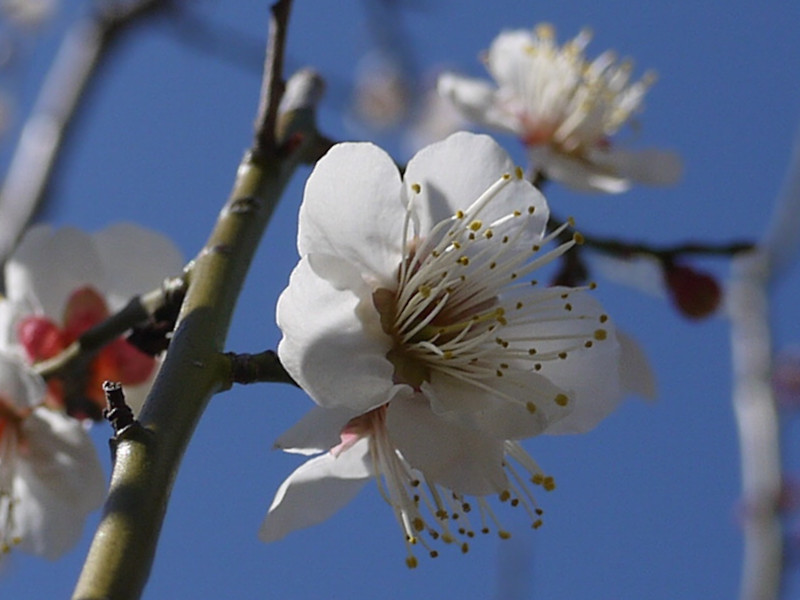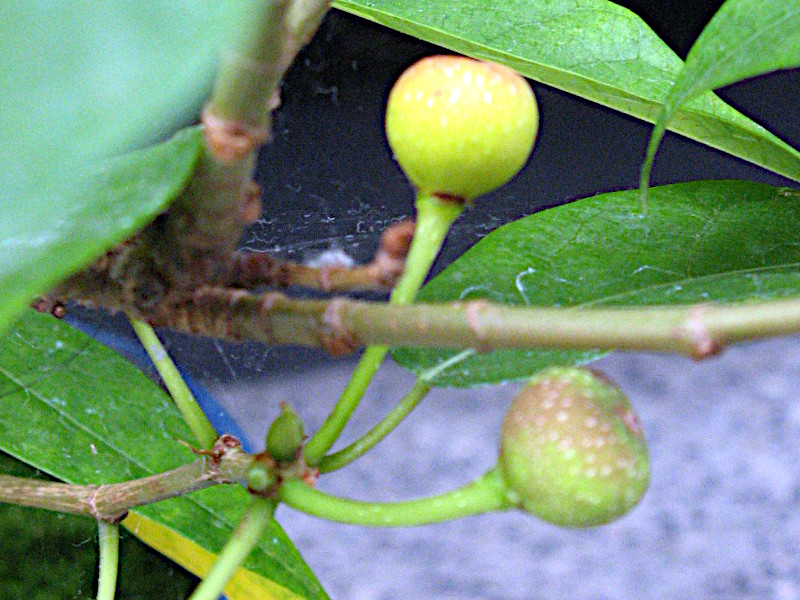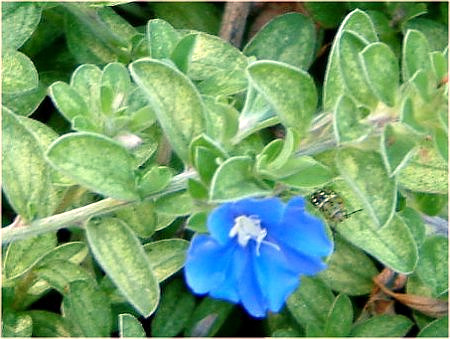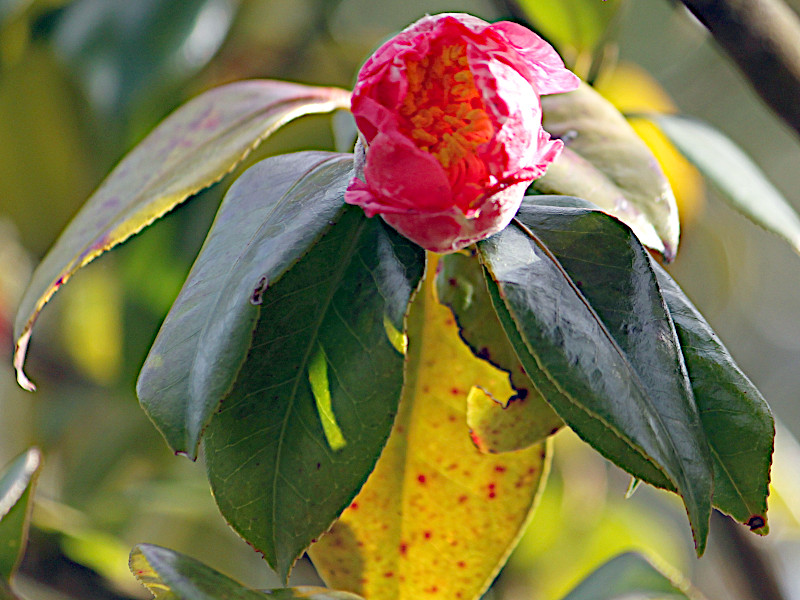Malus toringo
- Flower nameMalus toringo
- Scientific nameMalus toringo
- Aliasコリンゴ, 酸実, 酢実, 小林檎, コナシ, カイドウ, ミツバカイドウ, Toringo crabapple, Siebold’s crabapple, Siebold's crab
- Place of originJapan and the Korean Peninsula
- Place of floweringGarden, Bonsai
- Flowering seasonApril, May
What is Malus toringo
Malus toringo or zumi (Malus toringo, synonym: Malus sieboldii) is a deciduous small tree belonging to the genus Malus in the Rosaceae family. It is native to Japan and the Korean Peninsula. In Japan, it grows naturally in lowlands and mountainous forest edges across Hokkaido, Honshu, Shikoku, and Kyushu.
The tree is also known by various names, including Koringo (Small Apple), Konashi (Small Pear), Kaido (Chinese Flowering Crabapple), and Mitsuba Kaido (Three-Leaved Crabapple). In English, it is referred to as Toringo Crabapple, Siebold’s Crabapple, or Siebold's Crab.
Zumi typically grows to a height of 5 to 10 meters with a spreading habit. Its bark is grayish-brown to purplish-brown, with a highly branched structure and thorns. The leaves are elliptic, 3 to 7 cm in length, with 3 to 5 lobes and finely serrated edges. They alternate along the branches and have a petiole.
From May to June, the tree produces umbel-shaped inflorescences, each containing 3 to 7 small flowers. The flowers are white to pale pink with five petals, measuring 2 to 3 cm in diameter, and have around 20 stamens. Between September and November, globular fruits measuring 0.6 to 1 cm in diameter ripen to a bright red. These fruits are sour and not suitable for eating.
Zumi has various uses. It is grown as an ornamental tree in gardens and pots and was historically used as a rootstock for apple trees. Its wood is used for crafting tools, and the bark produces a yellow dye that has been used for pigments. The fruits, though not eaten raw, are used to make fruit wine.
The tree is considered an endangered species. The genus name Malus originates from the Greek word Malon, meaning "apple." The species name toringo has an uncertain origin but may refer to the sourness of the fruit or the "staining" property of its bark, which produces yellow dye.






